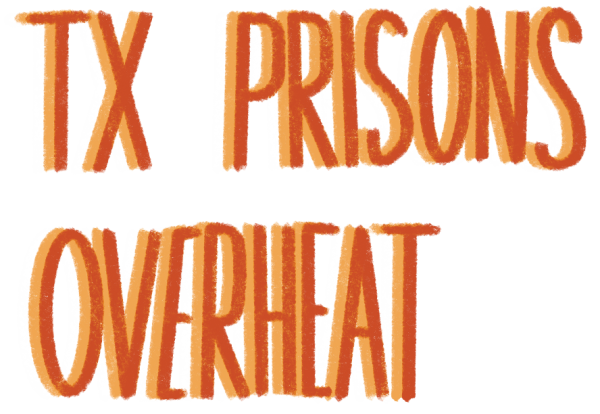Pushing the Power Button
March 23, 2022
Texas is a state almost as well-known for its fierce independence as it is for its hot temperatures, but these titles are starting to become mutually exclusive as the risk of power outages increase in the wake of lowering winter temperatures.
Most Texans recall the Texas power crisis, an event spanning for around a week in February of 2021. 4.5 million homes throughout the state were left without power, with cost estimates hovering at around $195 billion of damage, according to Power Technology, a research institution on issues pertaining to business and technology.
As people struggled to pick up the pieces of the power crisis and decide how to move forward, it’s evident that considering the factors that went into the power outage are important in deciding next steps for Texas’s power grid.
Claims for the cause of the power outage came from both sides of the political spectrum, but one party was undeniably in the middle of the uproar: The Electric Reliability Council of Texas (ERCOT).
Founded in 1970, this council was in charge of the Texas power grid, making Texas the only state in the U.S. to have its own grid, the others sharing two larger grids. The reason ERCOT was separated comes largely down to political reasons. In 1935, when congress passed the Federal Power Act, utility companies that sold extra power to the Texas area formed an alliance to maintain control over the Texas region’s power supply, which worked, leading to the separation of Texas from national grids.
ERCOT is responsible for keeping the power frequency at 60 hz because if it dips below a certain threshold, 59.4 hz, for more than around ten minutes, the entire grid will be too overtaxed and will have to be manually reset.
“That is the thing that we cannot allow to happen,” Bill Magness, ERCOT’s president and CEO, said last winter. “Because if we have a blackout of the system, the system is out for an indeterminate amount of time. We may still be here today talking about when the power is going to come back on if we had let the system get into that condition.”
The Texas power grid dipped below that threshold last winter for around four minutes before ERCOT managed to cut off power to some Texas residents in order to allow the overall frequency to rise back up to the acceptable 60 hz levels.
As winter becomes more of a concern, and freezing temperatures may become more and more commonplace in Texas, it’s important to consider whether it is worth it to move Texas to the national grids or not. It’s immediately clear that Texas would have been better equipped on the national grids last winter. The state was never expected to experience cold temperatures, so the expense of adding cold weather provisions that are present on national grids wasn’t considered necessary until now, while the other American grids are most definitely prepared for the colder temperatures seen throughout those regions.
However, since the outage in February 2021, ERCOT has been working to build winter provisions and they now maintain that they are prepared for the estimated temperatures and power usage of this year, and as there have not been any large scale outages in the state this winter. ERCOT projects no outages for this winter, which will be incredibly good news if it is maintained.
While the grids really would have been better off connected in the first place to prevent last year’s catastrophe or one of a similar nature, it now appears that Texas may remain safe on it’s own grid if equipped with appropriate provisions. Additionally, moving the largest energy-consuming state to the National power grid would be extremely costly and uneconomical. The price of expanding currently-existing power grids to include Texas is hard to find a number on, but it certainly is not a cheap proposal. As it is, Texas just might be better off with an updated and better equipped, but not replaced, state power grid.







